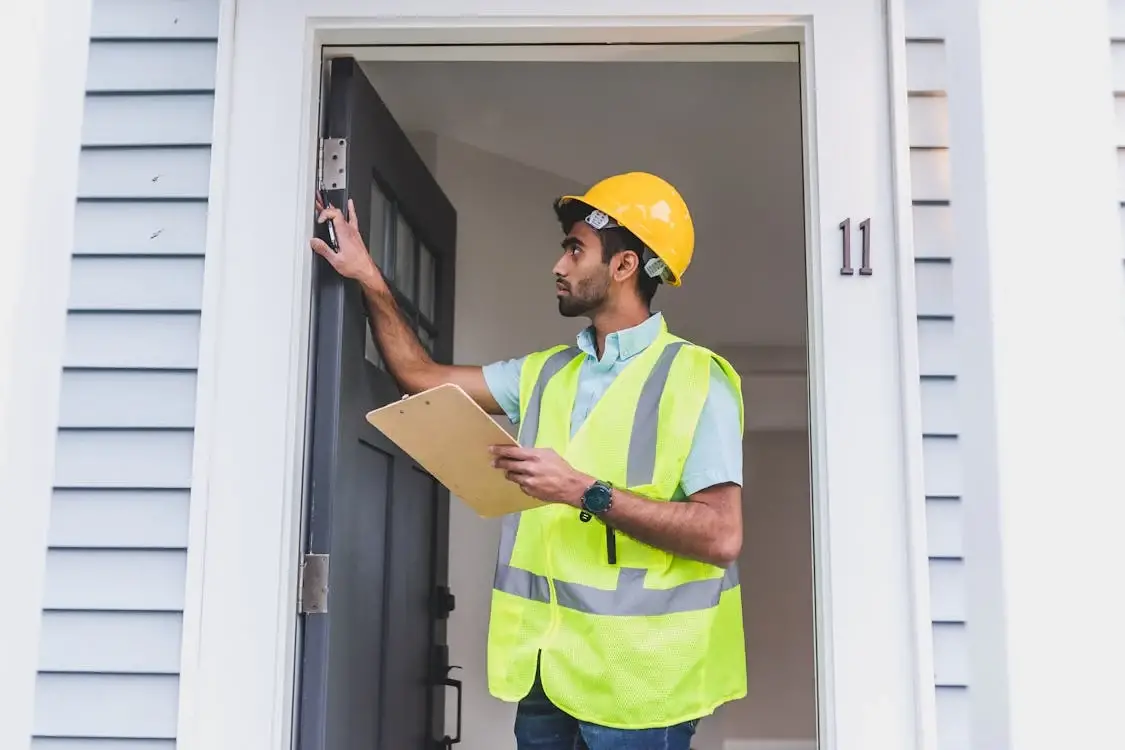In the wake of increasing natural disasters and calamities, structural engineers’ roles in disaster mitigation and recovery have never been more critical. These unsung heroes play a pivotal role in safeguarding our communities by designing and analysing structures that can withstand the forces of nature.
Below, let’s illuminate structural engineers’ vital contributions to enhancing resilience against disasters, ensuring public safety, and facilitating rapid recovery. By exploring their innovative strategies and technologies, we underscore the significance of their work in preparing for and responding to emergencies, highlighting how their expertise saves structures and lives.
Understanding the Impact
Structural engineers play a pivotal role in disaster mitigation and recovery, crafting solutions that protect structures from the devastating impacts of natural calamities and ensure the safety and resilience of communities worldwide.
Their expertise is crucial in designing buildings and infrastructures that can withstand earthquakes, hurricanes, floods, and other disasters, minimising physical damage and loss of life. These professionals are often at the forefront of recovery efforts, assessing damages, proposing structural repairs, and rebuilding efforts to restore normalcy as swiftly as possible.
A striking example of structural engineers’ impact can be seen in earthquake-prone areas worldwide, where their work has significantly reduced casualties and structural damages through innovative building designs and materials. Similarly, many of the talented structural engineer auckland has to offer have been instrumental in addressing the city’s unique geophysical challenges.
They ensure that buildings and infrastructure can endure the natural threats specific to the region, making Auckland safer and more resilient against potential disasters. By utilising state-of-the-art engineering technologies and processes, these experts protect the built environment and contribute substantially to the sustainability and well-being of communities worldwide.
Mitigation Strategies
Mitigation encompasses actions implemented before an event to prevent health issues, injuries, fatalities, and property damage.
The adoption of preventive measures for potential dangers has gained popularity in the field of disaster readiness, especially on a global scale. Here, the focus on disaster risk reduction (DRR) and disaster risk management (DRM) is prioritised over strategies solely concentrating on responding to disaster events.
In the face of increasing natural disasters, structural engineers play a pivotal role in designing innovative and resilient buildings and infrastructures. Their strategies focus on minimising damage and ensuring safety, spanning from earthquake-resistant frameworks to flood-proof foundations.
A key approach involves adopting advanced materials and technologies, like shape memory alloys and base isolation systems, which allow structures to withstand the forces of nature. Furthermore, engineers integrate smart planning, such as zoning and land use analysis, to avoid construction in high-risk areas.
These mitigation strategies are vital in safeguarding communities, preserving lives, and ensuring the continuity of services post-disaster.
By focusing on such preventive measures, structural engineers contribute significantly to reducing the impact of natural calamities. Their work goes beyond mere construction. It’s about creating a legacy of resilience that stands the test of time and nature.
Recovery and Reconstruction
Today’s headlines frequently highlight emergencies escalating into a full-blown crisis. The scale and regularity of these incidents necessitate a skilled approach to management. Effective disaster response hinges on early readiness, which is grounded in thorough risk evaluation and a significant boost in resilience.
Such readiness should account for how well old and new infrastructures can withstand extremely hazardous events over their operational lifespan.
Structural engineers play a critical role in ensuring the safety and resilience of our communities through various means.
They strengthen relationships with emergency service providers and the public by doing forensic analyses, improving and restoring existing infrastructures, and participating in preparedness, response, recovery, and rebuilding activities.
They need to take the initiative and play a central role in crafting and realising strategies for bolstering resilience and fostering a proactive rather than merely reactive approach to handling crises and disasters.
Beyond emergencies that morph into larger catastrophes, news stories also abound with instances of natural disasters. The media shares countless heart-wrenching visuals from regions struck by natural calamities, including hurricanes, earthquakes, and floods.
The Importance of Up-to-Date Data
In structural engineering, the integrity and safety of buildings and infrastructure are paramount, especially when faced with natural disasters such as earthquakes, floods, and hurricanes. Access to up-to-date data is a crucial factor significantly influencing structural engineers’ effectiveness in disaster mitigation and recovery.
Structural engineers are the unsung heroes in the aftermath of a disaster. Their work involves:
- Assessing damaged structures.
- Determining the safety of buildings.
- Designing solutions that repair and improve resilience against future disasters.
The precision of their assessments and the success of recovery efforts heavily depend on the latest data regarding building materials, design standards, and geographical information. Up-to-date data allows engineers to make informed decisions quickly, ensuring timely and effective emergency intervention.
Furthermore, the evolution of technology has introduced sophisticated tools and software for data analysis, which can significantly enhance engineers’ ability to predict the impacts of potential disasters on structures.
Access to real-time data through technologies like geographic information systems (GIS) and building information modelling (BIM) empowers engineers to anticipate problems and design structures that are more resistant to nature’s forces.
Conclusion
The role of structural engineers in disaster mitigation and recovery cannot be overstated. Through their expertise, they protect lives and property and help build stronger, more resilient communities that can withstand the challenges posed by natural disasters.

